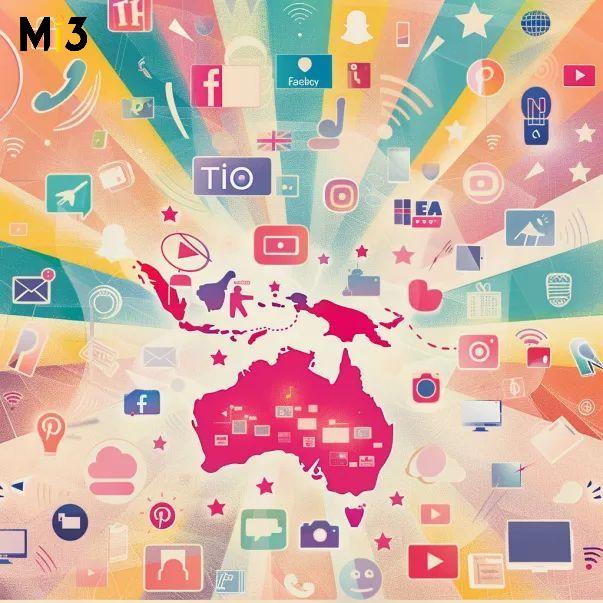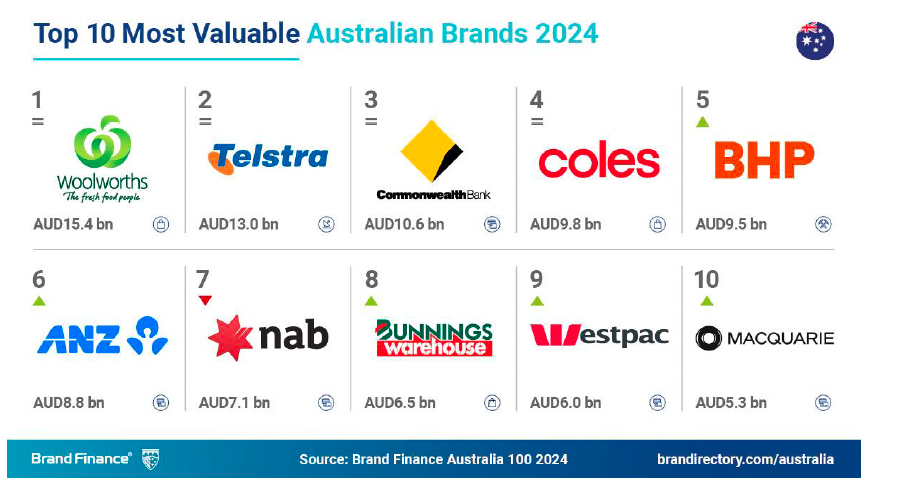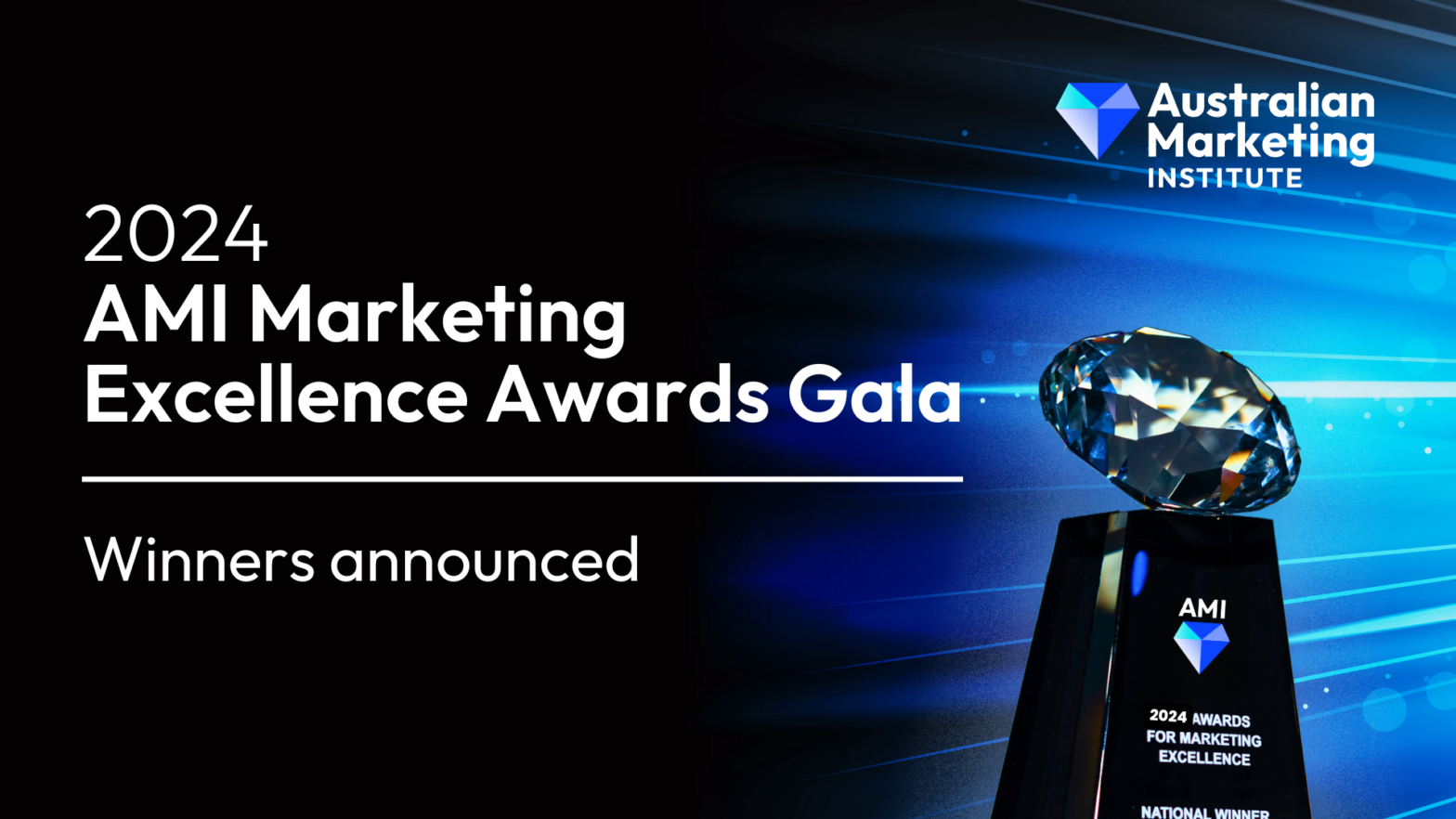Marketing Gold: Red Cross Lifeblood jacked bookings 120% with behavioural nudges; KitKat cracked Gen Z’s marathon gamers with ‘Have a Break’; Two wildly different brands, one effective playbook
What you need to know:
- Australian Red Cross Lifeblood and Nestle were two of the standout Gold winners at the Advertising Council of Australia’s Effie awards last month – recognised for advertising effectiveness based squarely on marketing output and investment that drives results.
- While the two campaigns are markedly different for their media choices – ‘Lifeblood Blood Supply: How a media first, elevated blood donation into a national news story, saving up to 28,848 lives’ leveraged traditional TV while ‘Break Chair’ was firmly a campaign for Gen Z using gaming influencers and Twitch streaming – both were designed to drive behavioural change, and each broke new ground for integrated campaign work that delivered commercial results.
- Those results are significant. In Lifeblood’s case, the work saw appointments climb 120% for blood donations, and it tripled new donors during the campaign period.
- For Nestle, brand and penetration gains to sales lift ensued. Among top five chocolate brands, KitKat was the only brand with substantial penetration gains amongst Gen Z off the back of the campaign work. In addition, third-party data shows KitKat sales among Gen Z increased vs same period last year. Brand association with ‘Inspires me to take a break’ also increased.
- Influencer marketing was crucial. Nestle partnered up with major gaming star, Loserfruit (3m+ followers) as well as a clutch of other gaming players so that when they took a break, viewers would see a QR code on the back of their chairs
- There’s plenty more important marketing insight to be had in the podcast. Listen to it here.
Marketing effectiveness: How we all strive to achieve it. This year, two very distinctive but nonetheless creatively and commercially successful campaigns scored illustrious Gold Effie gongs at this year’s Advertising Council Australia Awards for doing just that.
On the surface, the two campaigns don’t have much in common. Australian Red Cross Lifeblood and Clemenger BBDO’s ‘Lifeblood Blood Supply: How a media first, elevated blood donation into a national news story, saving up to 28,848 lives’ campaign by leveraging a well-established idea – the emergency bushfire warning system. Then they teamed up with the Seven Network on a mechanism showing the blood supply across different blood types in a real-time way via the nightly news bulletin. The campaign also tailored data by state for more customised newsreader updates, and supported efforts through TVCs, integrations with AFL broadcasts and ambassadors and improvement of existing digital capabilities.
This breakthrough campaign led to a 120 per cent boost in blood donation appointments, and tripled new donor registration sign-ups in the attribution window, says Lifeblood CMO, Jeremy Weiss. As each new donor saves up to three lives with their first donation, they more than quadrupled the number of intended lives saved. The results saw the NFP bag two Gold Effie wins: Not-For-Profit + Positive Change.
In contrast, Nestle Australia and VML Australia scored their Gold Effie in the Innovative Media or Channel Solutions (Inc Media Partnerships) category for their work on extending the iconic ‘Have a break, have a Kitkat’ creative platform into the edgier, decidedly younger media platform, Twitch and streaming. The aim of the ‘Break Chair’ was to connect with Gen Zers aged 18-27, 80 per cent of whom engage in gaming – many of whom do so often, literally watching players or playing for 10+ hours straight. Forging that sense of connection, emotion and engagement on the consumer’s terms played a big part here.
The “boundary pushing” mix of tapping influencers, livestreaming, a killer consumer insight on needing regular breaks, and an already distinctive creative platform further compounded impact and results, including brand and penetration gains to sales lift, says Nestle head of marketing confectionery, Shannon Wright. Among the top five chocolate brands, KitKat was the only brand with substantial penetration gains amongst Gen Z, and third-party data shows KitKat sales among Gen Z increased vs the same period last year. Brand association with ‘Inspires me to take a break’ also increased, according to Kantar. The campaign additionally delivered a 16 per cent rise in website visitors, and all 400 limited edition KitKats were claimed.
We talk a lot internally that one in three people will need blood in their lifetime but only one in 30 donate. That in essence is the beautiful problem to solve. No one will deny that blood donation is critical. But we have a huge job to translate that awareness into intent and then that intent into action. So everything we really think about is, how do you drive behaviour change?
Creating behaviour change
Triggering behavioural change lies at the heart of both campaigns. At Lifeblood, creating a movement of donors is underpinning the strategy Weiss has spearheaded since joining as CMO nearly three years ago. His commercial experience – chalked up over the years in marketing roles across Origin Energy, Latitude Financial Services, GE Capital and Telstra – has helped him crystallise the big problem Lifeblood is trying to solve: How to tackle the leaky bucket of bringing new donors in efficiently and effectively to shore up Australia’s ongoing blood supply.
“We talk a lot internally that one in three people will need blood in their lifetime but only one in 30 donate. That in essence is the beautiful problem to solve,” Weiss says. “No one will deny that blood donation is critical. But we have a huge job to translate that awareness into intent and then that intent into action. So everything we really think about is, how do you drive behaviour change? Because no one will disagree, but only a small sort of percentage of the market will act.
“That is the catalyst for our program of work: Trying to stimulate what is supply in a value chain where blood and plasma become the raw ingredients into actually what becomes lifesaving and life-changing outcomes.”
Adding to the challenge is the fact fresh blood has a very short shelf life. “There is an assumption that there will always be blood in the bank,” Weiss continues.
“We are fortunate to live in a country that does have an excellent health system, and there should always be a ready supply available. But the reality is that whole blood, or fresh blood, only lasts 42 days, and so it is a very delicate ecosystem, and you need to get the time right from donation to treatment. We also know once someone donates whole blood, they can’t donate again for three months. So like a lead in a sales funnel, you don’t want to burn that lead too quickly and get the timing wrong, because it is, to a large degree for us, a logistics exercise as much as a marketing exercise.”
All this fed into the campaign, ‘Lifeblood Blood Supply: How a media first, elevated blood donation into a national news story, saving up to 28,848 lives’. Initially, a digital experience on the website that no one was really seeing, Lifeblood’s head of growth marketing at the time, Jude Leon, had the brainwave of asking media partners how they could help activate its data-driven blood supply gauge. Channel Seven came back with the winning play of normalising the act of blood donation by putting a real-time tracker of supply into the nightly news bulletin. And off it went.
If we want to insert ourselves into culture and conversations, we need to have a point of view. We don't want to be just there.
Taking the break, not hijacking the gameplay
In Nestle’s case, behaviour change also fuelled its ‘Break Chair’ campaign program of work. Having recognised Gen Z as a key market of snackers it needed to better address, the breakthrough came when the team identified the tension point that people are not taking breaks during multi-hour gaming sessions. For Wright, it cracked open the opportunity to encourage behaviour change in a way that’s synonymous with KitKat’s longstanding brand position. The insight that people engage in gaming for up to 10 hours straight without a break came from agile research Nestle invests in to understand the nuances and behaviours of consumers it’s trying to engage with.
“We know the way Gen Z consume media and the expectations of creatives are so fundamentally different, and so reframing around entertainment and authenticity just opened up a whole new world and how we approached our comms strategy,” says Wright. “For us, being more opportunistic, we found a space that we could play in that we felt was quite distinct from the competitive set. And it’s more future-focused as well – it’s really added a lot of dynamism to what is a really consistent brand positioning.”
To enact ‘Break Chair’, Nestle partnered up with major gaming star, Loserfruit (3m+ followers) as well as smaller gaming players so that when they took a break, viewers would see a QR code on the back of their chairs. Instead of switching channels – a common behaviour when this happens – they were prompted to take a break, go through to a landing page that counted down a minimum suitable break. They were then rewarded with a limited-edition KitKat bar. The chairs themselves eventually become collector’s items too – people even watched a stream just of the chair for hours post-campaign period, notes Wright.
“It was interesting in terms of being part of that culture, and making that strategic shift from sponsoring gaming to sponsoring and encouraging breaking,” says Tilling. “We had that behaviour change prompt built-in as well in that chair – the break chair was literally the signal and prompt to take a break.”
Where Nestle had to be mindful is being authentic to this generation and their behaviours, continues Tilling.
“Authenticity is one of those words that gets bandied about quite a lot, and I think it can lose some of its impact sometimes in how we do that,” she comments. “There was a big opportunity there, but probably on the flip side of that, the absolute warning signal was making sure we didn’t stray to the wrong side of that authenticity line. I think people’s BS radars are pretty strong, particularly in a culture like gaming, and in live streaming, which is owned by the people who are doing it and how they share. Those almost quite small behaviours are real, and if you can tap into them in a way that is actually meaningful and helpful to them, then it can be so powerful. We’ve seen evidence that’s what we managed to arrive at.”
Doing things differently versus feeling confident
What’s equally apparent across both campaign programs is the willingness to do things differently – and without a fully prepared, pre-measured script. That meant securing internal buy-in upfront. In Lifeblood’s case, it was less about selling the idea and more about its implications, says Weiss.
“We had quite immediate buy in from the top, but probably the challenge we needed to overcome was with ourselves first and foremost, to say, well, if the blood supply is really strong, and the news commentary is that inventory is good, does that mean donors will not book an appointment, or they will delay an existing appointment, risking very quickly the inventory levels dropping?” he says. “Conversely, if the blood supplies were too low too often, would that either mean perhaps we were seen as crying wolf, or that the messaging would start to lose its impact, and therefore we wouldn’t be able to rely on those critical few times of the year where we do urgently require people to act?”
Yet despite the “what if” debate, there was intuitive realisation that something innovative and bold was necessary, Weiss says.
“Ultimately, because of the growth rate in demand for product, we had to do things differently. If we weren’t willing to take risks, we wouldn’t get to different outcomes,” Weiss says. “A combination of benchmarks like the financial update with CommSec, or the fire industry’s bushfire ratings, gave us confidence, and we knew we just had to back ourselves really.”
Figuring out how this was going to work was part of the beauty of this Lifeblood work, agrees Curcio.
“We were going into uncharted waters. We didn’t know if we could integrate into the news as it hadn’t been done before – not into the actual content,” he says. “I think it was awesome, Jeremy and the team bought into something that is really hard to quantify before going into the process, because it hadn’t been done.”
In terms of delivery, the challenge then became understanding what you can and can’t do in that space. “Having constant dialogue with seven on how we can push the boundaries as far as we could, was really important,” says Curcio.
“Even once we had the campaign live, it wasn’t a set-and-forget idea, you needed constant data flow and communication between all three parties. In my 15 years in media, I’ve seen so many good ideas that don’t get up just because of the level of commitment that’s needed from the actual client side. For example, scraping websites, providing data… with Jeremy and the team, along with us, along with Seven, that tripod of communication needed to be so clear every week. Whether it was getting the data and making sure every market had a different, clear graphic on what every blood type level was, or changing scripts for every news reader to make sure when Peter Mitchell in Melbourne says, hey, I need 4000 people who are AB negative to go down this week, it’s really clear.
“We’ve got it down to a fine art now, which is awesome. But just the level of intensity you needed for a sustained period of time to be able to make the idea work was probably one of the bigger challenges for us.”
Over at Nestle, it was critical to take stakeholders – locally and globally – through the process and on the journey of the Break Chair work, detailing niche behaviours in fandoms such as the gaming community. But for Wright, it was an energising rather than arduous exercise.
“What we did, which was fundamental, is a big strategic framework, firstly a few years ago, and we’ve been executing against that. That strategic framework is very much sold into the business and covers how we will show up, what we stand for, what the principles will hold ourselves to,” she says. “If we want to insert ourselves into culture and conversations, we need to have a point of view. We don’t want to be just there, because, to Ali’s point, I feel like that’s worse than not being there at all. I don’t want to be like a big company having a go at gaming and sticking a logo on it. That’s not what we’re about.
“Explaining the notion that a gaming streamer goes to the bathroom and people will sit there and stare at an empty chair is such an obscure notion… I’m talking to very senior people in the business, so I referenced a study that showed what students do nowadays is have a YouTube clip called ‘Study with me’ of another person studying to feel less alone. And to everyone’s credit, they were so open that once you sell that in. Then you can talk about how we’re going to enter this world in a way that feels right for the brand.
“But I do find myself sometimes doing interpretive dances, trying to bring these communities and these nuances of how Gen Z consume media and how niche fandoms work to life.”
It’s not surprising that all panellists therefore said their investments were worth it.
Check out the full podcast episode and all the rich insights here.





